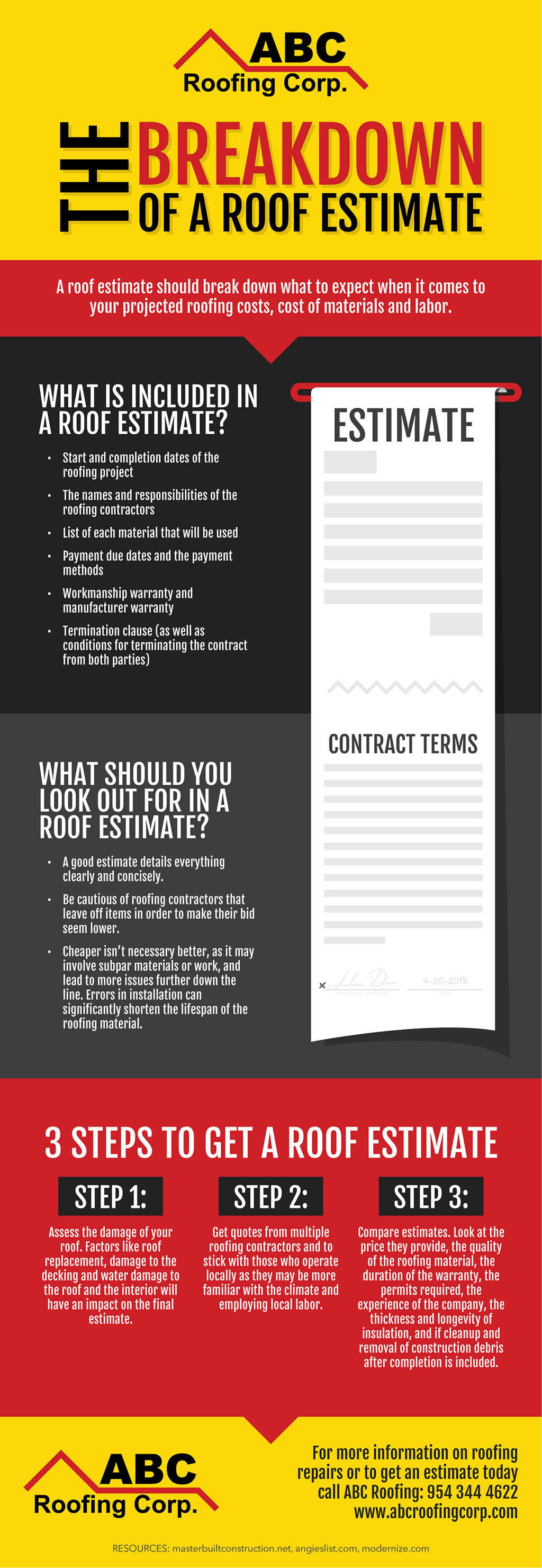Explore The Facility Realm Of Photovoltaic Development And Discover The Interesting Process Through Which Sunlight Is Converted Into A Useful Resource Of Power
Explore The Facility Realm Of Photovoltaic Development And Discover The Interesting Process Through Which Sunlight Is Converted Into A Useful Resource Of Power
Blog Article
Write-Up By-Rye Britt
So, you've become aware of photovoltaic panels and their potential to produce electrical energy from sunshine, but just how exactly do they function? Understanding the complex technology behind photovoltaic panels can be an interesting trip into the globe of renewable resource. From the standard principles of solar batteries to the complex parts that compose a solar panel system, there's an entire world of expertise waiting to be explored. Allow's unwind the mysteries of solar panel technology together.
Solar Panel Technology Principles
To truly realize the significance of solar panel technology, you have to look into the essential concepts that underpin its capability. Photovoltaic panel include solar batteries, typically made from silicon, which have the remarkable capability to transform sunlight right into electricity through the photovoltaic or pv effect. When sunlight hits the cells, the photons in the light interact with the silicon atoms, causing the electrons to break without their atomic bonds. This creates an electric current that can then be taken advantage of for powering different tools.
The key component of photovoltaic panels is the semiconductors within the solar batteries, which facilitate the conversion of sunlight into useful electrical energy. These semiconductors have both favorable and adverse layers, creating an electric area that allows for the circulation of electrons.
This flow of electrons, when connected in a circuit, creates straight current (DC) electrical energy. Understanding these fundamental principles is critical for appreciating just how photovoltaic panels can harness the sun's energy to power homes, services, and even satellites in space.
Just How Solar Panels Generate Electrical Power
Solar panels harness the sun's energy by converting sunshine right into power with a process known as the solar effect. When sunlight hits the photovoltaic panels, the photons (light fragments) are taken in by the semiconducting products within the panels, usually made from silicon. This absorption produces an electrical current as the photons knock electrons loosened from the atoms within the product.
The electrical areas within the solar cells then require these electrons to flow in a certain instructions, creating a direct existing (DC) of electricity. This straight current is then gone through an inverter, which transforms it right into rotating current (AC) electrical power that can be utilized to power your home or service.
Excess electricity produced by the solar panels can be kept in batteries for later use or fed back right into the grid for credit history with a procedure called web metering. Recognizing exactly how solar panels produce electricity is crucial to appreciating the environmental and cost-saving advantages of solar power systems.
Comprehending Photovoltaic Panel Parts
One critical aspect of solar panel technology is recognizing the different elements that comprise a solar panel system.
The essential elements of a photovoltaic panel system include the solar panels themselves, which are comprised of solar batteries that convert sunlight right into electrical energy. These panels are installed on a framework, often a roof covering, to capture sunlight.
In addition to the panels, there are inverters that convert the direct present (DC) power produced by the panels into rotating existing (AIR CONDITIONING) electrical power that can be utilized in homes or services.
The system also consists of racking to sustain and place the solar panels for optimum sunshine exposure. Additionally, wires and adapters are necessary for moving the electrical energy created by the panels to the electrical system of a building.
you can try these out but not least, a tracking system may be included to track the efficiency of the solar panel system and ensure it's functioning efficiently. Recognizing these components is essential for anybody looking to set up or make use of solar panel technology effectively.
have a peek here that you comprehend the fundamentals of photovoltaic panel modern technology and just how it works, you can value the power of taking advantage of sunlight to generate tidy and renewable resource for your building. By utilizing the photovoltaic or pv effect and parts like inverters and keeping an eye on systems, you can contribute to an extra lasting future while additionally potentially minimizing energy prices. Keep discovering and discovering the opportunities of solar power for a greener tomorrow.
